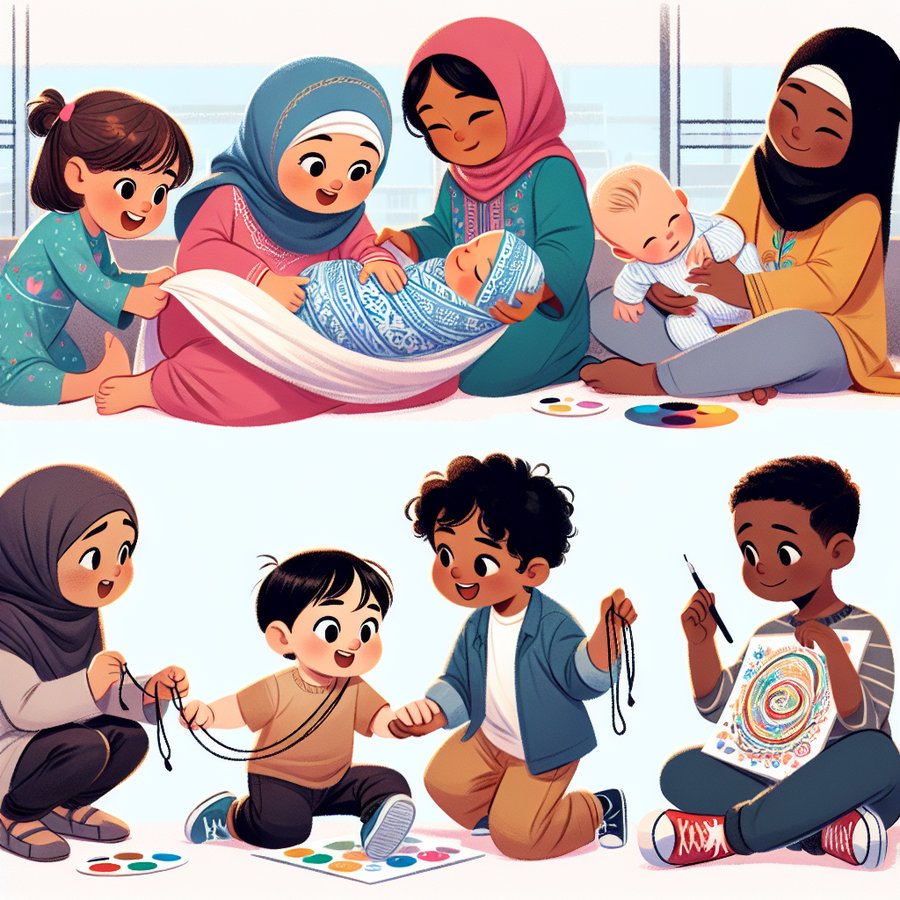Planning for future siblings involves numerous considerations, with age gap considerations being among the most crucial. Deciding when to expand your family is a significant decision that affects not just parental readiness but the well-being and development of your children as well. This article delves deep into the nuances of planning age gaps between siblings, providing insights to help you make the best decision for your family.
Understanding the Impact of Age Gaps on Children’s Development
Research has shown that the age gap between siblings can significantly impact each child’s psychological and emotional development. A smaller age gap might mean siblings grow up closely, potentially fostering a strong bond. However, it could also lead to heightened rivalry and competition. Conversely, a larger age gap might offer older siblings the opportunity to develop nurturing skills but could also result in less shared interest due to different developmental stages.
Experts like those from the American Psychological Association highlight the mixed outcomes of different sibling age gaps, suggesting that there’s no one-size-fits-all approach. Parents must consider their children’s unique personalities and their ability to provide individual attention to each child. For further reading, exploring resources like the American Psychological Association’s findings could provide valuable insights.
Planning for Future Siblings: Age Gap Considerations
When contemplating the ideal age gap between your children, consider factors such as parental age, family dynamics, financial stability, and current child’s developmental needs. Some parents prefer having children close in age to get through the diaper and toddler stages in one go, while others wait for their first child to gain some independence before welcoming a new member.
Financial planning is another aspect that cannot be overlooked. With each child comes additional expenses, and spacing children further apart might offer families the time to recover financially. For tips on budgeting for a new baby, consider reading Budgeting for a New Baby: Financial Planning Tips. It’s also essential to gauge the emotional and physical readiness of both parents and the existing child or children in the family. Encouraging open discussions about feelings and expectations regarding a new sibling can be facilitated through resources like Introducing a New Sibling: Preparing Your Toddler.
Practical Tips for Smoothing the Transition for All Ages
Once the decision about the age gap is made, preparing for the arrival of a new family member becomes the next step. Ensuring a smooth transition for the existing child or children is crucial. This involves not just preparing them emotionally but also adjusting the family routine to accommodate the needs of another child.
Creating a baby-friendly home that also caters to the needs of older children requires careful planning. For inspiration, check out Creating a Baby-Friendly Home for First-Time Parents. Additionally, involving older siblings in the care of the new baby can foster a positive relationship from the start. Strategies for managing sibling rivalry and encouraging positive interactions are detailed in Managing Sibling Rivalry When a New Baby Arrives.
In conclusion, planning for future siblings and considering age gap implications is a multifaceted process that requires thoughtful consideration of numerous factors. By understanding the potential impacts on children’s development, evaluating family readiness, and employing strategies for a smooth transition, parents can make informed decisions that best suit their family’s unique needs and dynamics. The journey of expanding your family is both challenging and rewarding, and with careful planning and support, you can navigate this path with confidence and joy.













